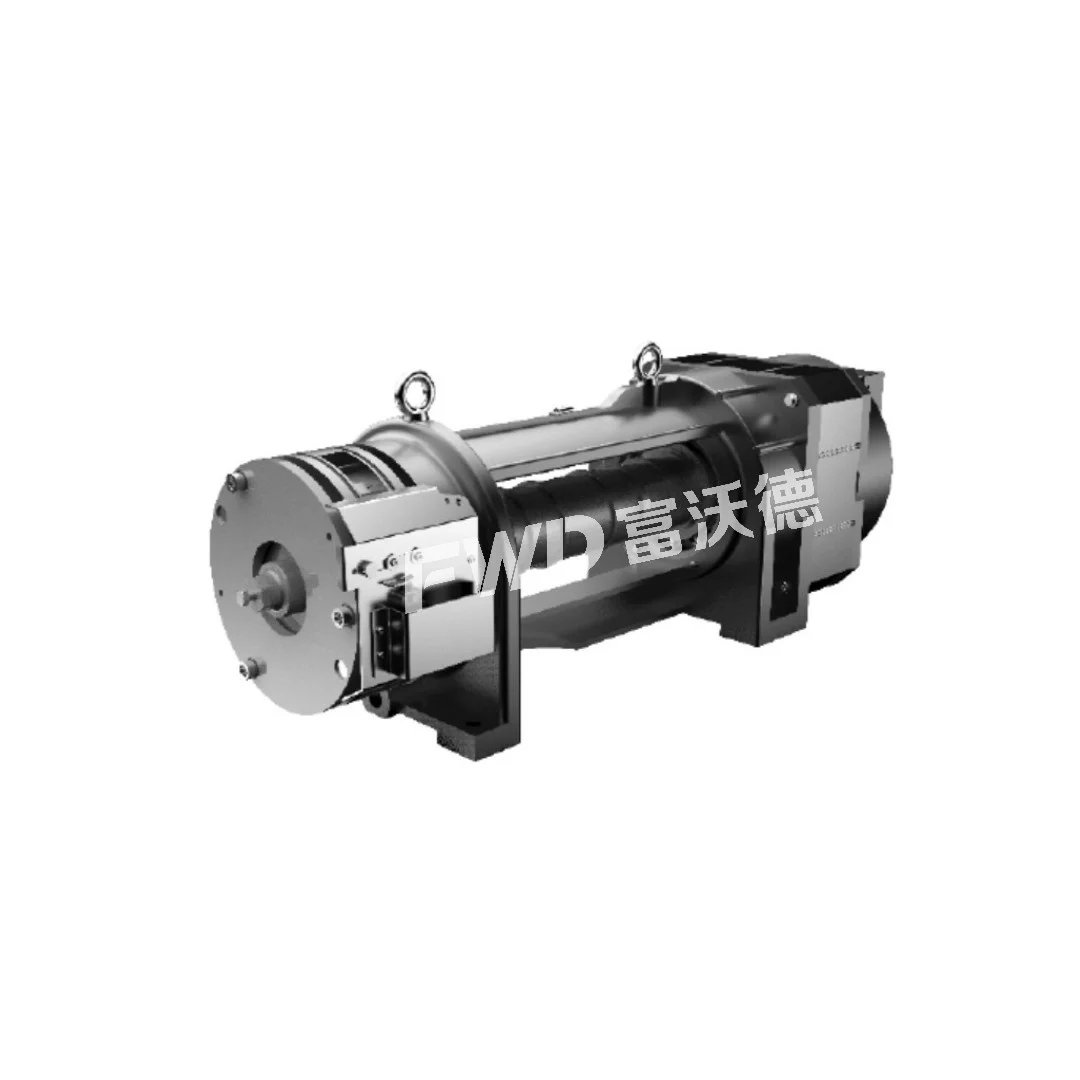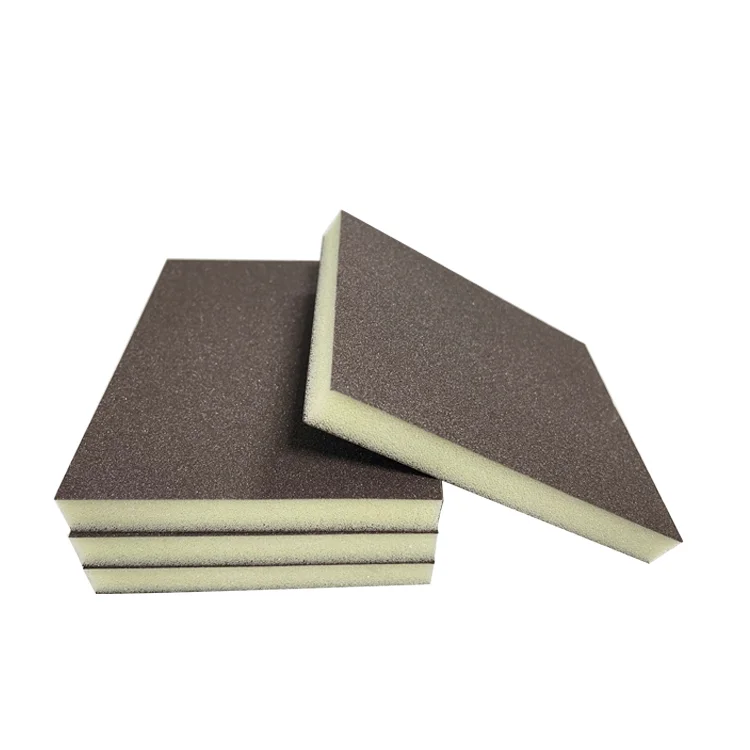In today's rapidly evolving architectural landscape, the importance of efficient, reliable, and smooth vertical transportation systems cannot be overstated. Elevators, as an integral part of modern buildings, serve as the lifelines of high-rise structures. At the core of elevator systems lies the elevator traction machine—the technology that drives the movement of the elevator cabin. Whether it's a small residential building or a towering skyscraper, the elevator traction machine ensures that passengers and goods are moved safely and efficiently. This article Xizi Forvorda delves into the components and advantages of elevator traction machines. By understanding their functionality and the role they play in vertical mobility, construction professionals and building owners can make informed decisions about the most suitable elevator solutions for their projects.

Key Components of an Elevator Traction Machine
To understand how elevator traction machines work, it's essential to explore the key components that make up these systems. Each part plays a critical role in ensuring the safe, efficient, and reliable operation of the elevator system.
Motor
The motor is the heart of the elevator traction machine, providing the necessary mechanical power to drive the sheave. It can be an AC or DC motor, with most modern systems using an AC motor controlled by a variable frequency drive (VFD). The VFD adjusts the motor's speed to ensure smooth acceleration and deceleration of the elevator. This flexibility in speed control improves the ride quality and energy efficiency of the system.
Sheave
The sheave is a large, cylindrical pulley around which the ropes or belts are looped. It is connected to the motor and is responsible for converting the motor's rotational energy into the movement of the elevator car. The size and material of the sheave are carefully chosen to ensure durability and efficiency, with most sheaves being made from high-strength steel or other sturdy materials.
Ropes or Belts
Ropes or belts are an essential part of the traction system. Traditional elevator systems use steel ropes, which provide the necessary strength and flexibility to support the elevator's weight. More modern systems, however, may use synthetic belts, which are lighter, quieter, and more energy-efficient. The ropes or belts connect the elevator car to the counterweight system, allowing for balanced operation.
Counterweight
In many traction elevator systems, a counterweight is used to balance the weight of the elevator car. The counterweight consists of heavy blocks or metal components and is attached to the opposite end of the ropes. Its role is to reduce the motor's workload, making the system more energy-efficient. The counterweight's mass is typically designed to match or slightly exceed the weight of the elevator car to maintain equilibrium.
Brake System
The brake system is a critical safety component that ensures the elevator remains stationary when not in use and can stop quickly in case of an emergency. Modern traction machines often feature electromagnetic brakes, which engage automatically when the motor is powered off, preventing the elevator from descending unintentionally. In addition to the primary brake system, safety brakes are often installed to arrest the elevator car if the system fails.
Gearbox (for Geared Machines)
In geared elevator traction machines, a gearbox is used to reduce the speed of the motor while increasing the torque. The gearbox works in conjunction with the motor and sheave to convert the rotational energy into the necessary lifting force for the elevator. Geared systems are typically used in mid-rise buildings where high power and torque are necessary. However, in modern systems, gearless designs are becoming increasingly popular for their superior efficiency and reduced maintenance needs.
Advantages of Elevator Traction Machines
The use of elevator traction machines provides numerous benefits to both building owners and users. From efficiency to safety, these systems are designed to meet the needs of modern buildings while ensuring a comfortable experience for passengers.
1. Energy Efficiency
One of the most significant advantages of modern elevator traction machines, particularly gearless systems, is their high energy efficiency. By using variable frequency drives and more efficient motors, these systems consume less power during operation. Additionally, the use of counterweights reduces the overall energy load on the motor, making the system more efficient and environmentally friendly. Energy efficiency is a key consideration for building owners, as it helps reduce operational costs over time. In high-rise buildings, where elevator use is frequent, the savings in energy costs can be substantial. Additionally, the shift to machine-room-less (MRL) systems, which integrate the traction machine within the shaft, reduces the need for additional space and further enhances energy savings.
2. Smooth and Comfortable Ride
Elevator traction machines, particularly gearless systems, offer a smoother and more comfortable ride compared to older hydraulic or traction systems. The smooth acceleration and deceleration, as well as the quieter operation, improve the overall passenger experience. This is particularly important in high-rise buildings, where elevators may travel at high speeds over long distances. By eliminating the need for mechanical components that generate excessive noise or vibrations, gearless systems ensure a quiet, pleasant ride. This is especially advantageous in residential buildings or office spaces where noise reduction is a priority.
3. Reduced Maintenance Costs
Elevator traction machines, especially gearless systems, require less maintenance due to fewer moving parts. Geared systems, while effective, often require more frequent maintenance due to the wear on the gears. In contrast, gearless systems have fewer components that experience friction, leading to reduced wear and longer intervals between service appointments. This translates into cost savings for building owners, as fewer repairs and replacements are needed. Furthermore, the use of machine-room-less systems also reduces the amount of maintenance required, as they eliminate the need for separate machine rooms and related mechanical components, streamlining the overall system.
4. High-Speed Performance
Traction elevator systems, especially gearless ones, elevator traction machine offers higher speeds compared to hydraulic elevators. This makes them ideal for tall buildings, where rapid vertical transportation is essential. In high-rise structures, the ability to travel quickly between floors without compromising safety or comfort is a critical factor. Gearless traction machines are capable of reaching high speeds and providing smooth operation, even when the elevator travels over long distances.
5. Space Efficiency
In machine-room-less (MRL) systems, the elevator traction machine is integrated directly into the shaft, eliminating the need for a dedicated machine room. This design is particularly beneficial in buildings with limited space or in projects where maximizing usable floor space is a priority. By removing the need for a machine room, MRL systems provide more flexibility in building design and can be a more cost-effective solution.
The elevator traction machine is a vital component of modern vertical transportation, ensuring that people and goods are moved efficiently and safely in buildings of all types. Whether geared or gearless, these machines offer smooth, energy-efficient, and high-speed performance. With the growing demand for sustainable and space-efficient building designs, the role of elevator traction machines in facilitating comfortable, reliable, and cost-effective transportation in high-rise buildings continues to be crucial. Understanding the components, benefits, and applications of these systems will allow building owners and construction professionals to make informed decisions when choosing the most appropriate elevator system for their projects.
https://www.xizi-ec.com/Gearless-Traction-Machine
www.xizi-ec.com
Zhejiang Xizi Forvorda Electrical Machinery Co., Ltd.

